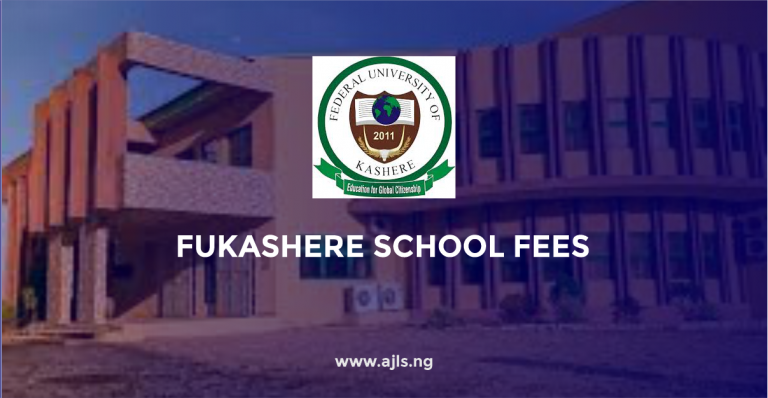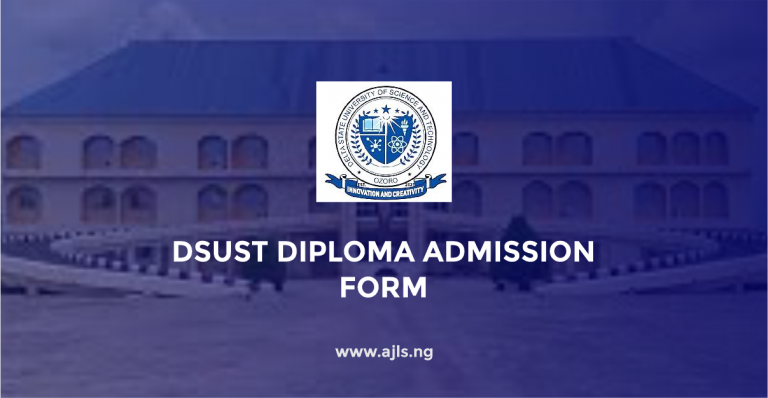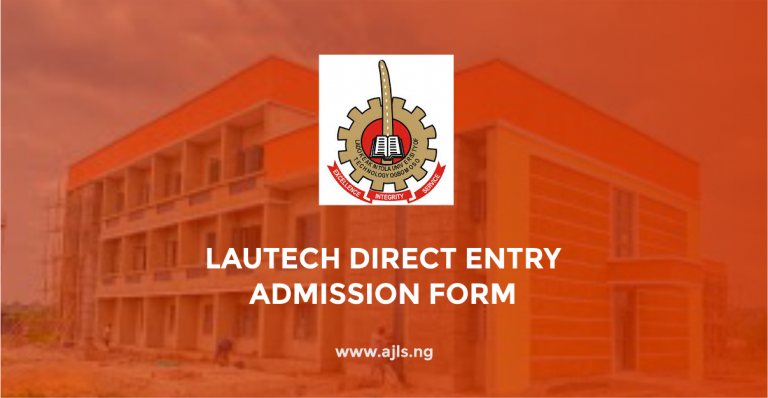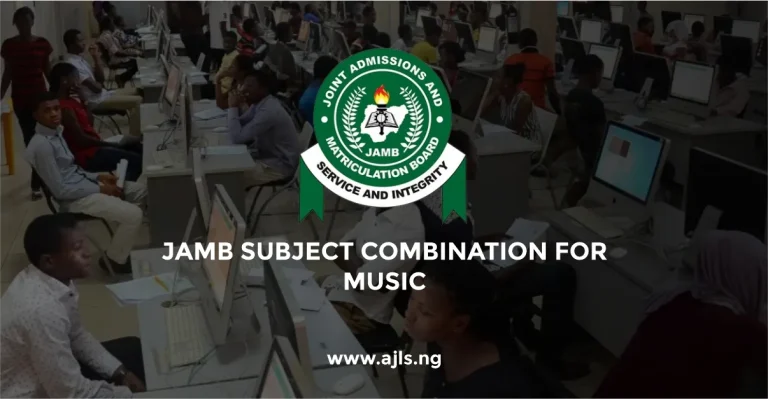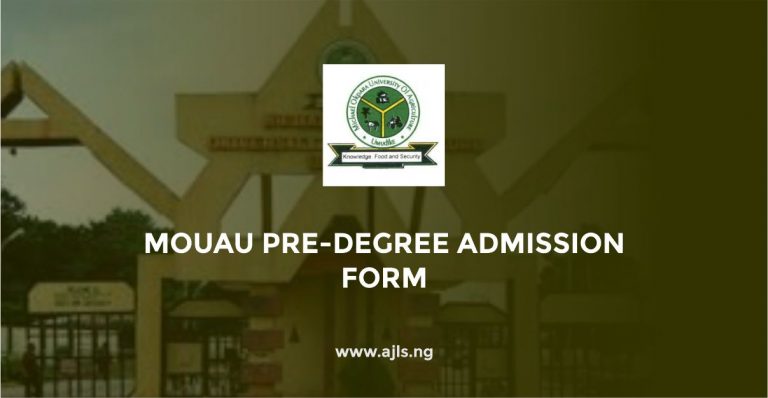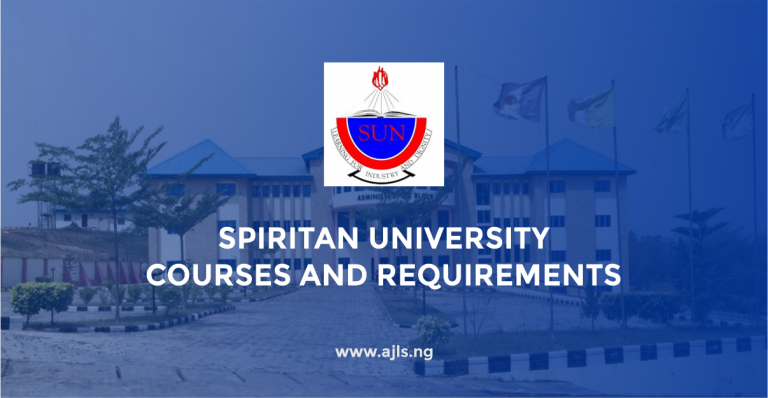NABTEB Syllabus for Physics
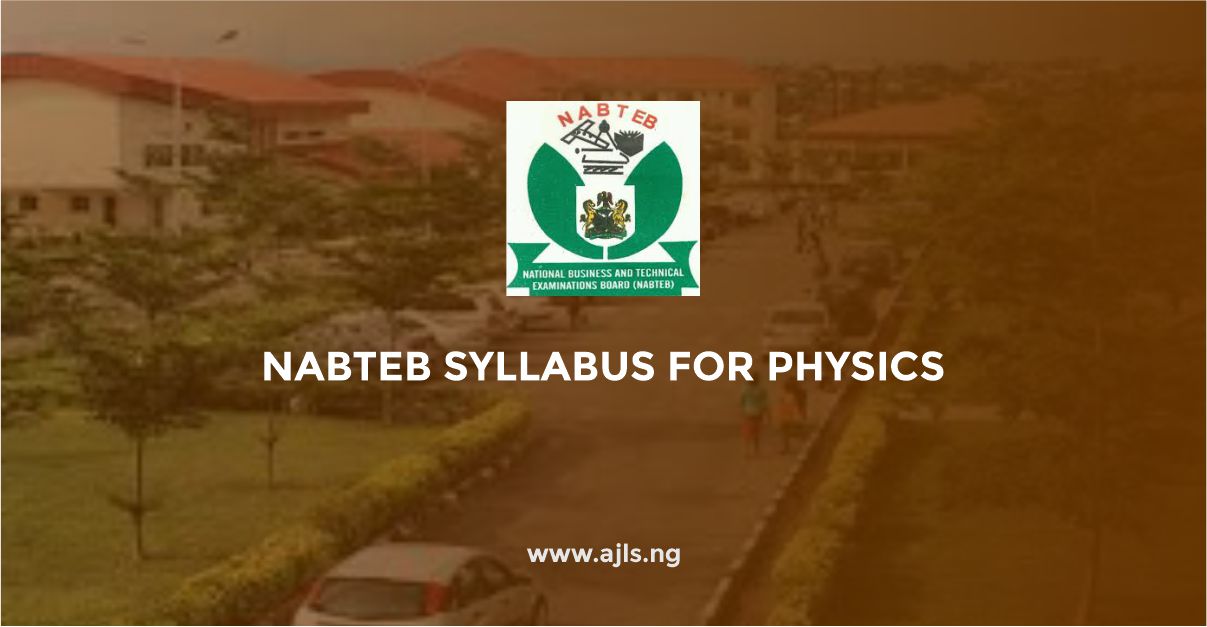
Are you preparing for the NABTEB Physics examination? The National Business and Technical Examinations Board (NABTEB) has made available the official syllabus for Physics, offering a comprehensive guide to the content areas, objectives, and assessment format of the subject. Physics, being a foundational science discipline, remains a vital subject for candidates pursuing careers in science, engineering, and technology. A thorough understanding of the syllabus is essential for effective preparation and academic success.
The NABTEB Syllabus for Physics outlines a well-structured sequence of topics and concepts that will be examined. It functions as a critical resource for both students and educators, providing clarity on the scope, depth, and expectations of the subject. Candidates who have registered for the NABTEB examinations and selected Physics among their subjects should familiarize themselves with the entire content of the syllabus. Mastery of this content not only ensures readiness for the examination but also strengthens the foundational knowledge required for higher studies in scientific and technical fields.
A Comprehensive Outline of Physics NABTEB Syllabus
Here’s a comprehensive outline of the NABTEB Physics syllabus presented in a table format for clarity. This outline is based on the standard topics typically covered in the NABTEB Physics curriculum.
| S/N | Topic | Subtopics | Objectives |
|---|---|---|---|
| 1 | Measurement and Units | Physical quantities and units <br> – Measurement of length, mass, time, and volume <br> – Accuracy, precision, and errors in measurement | Understand the concept of physical quantities and their units <br> – Perform accurate measurements and understand the significance of errors |
| 2 | Motion | Types of motion: linear, circular, rotational <br> – Speed, velocity, and acceleration <br> – Equations of motion <br> – Graphical representation of motion | Analyze different types of motion <br> – Apply equations of motion to solve problems <br> – Interpret motion graphs |
| 3 | Forces | Types of forces: gravitational, frictional, tension, normal <br> – Newton’s laws of motion <br> – Applications of Newton’s laws <br> – Friction and its effects | Identify and describe various forces <br> – Apply Newton’s laws to real-life situations <br> – Understand the role of friction in motion |
| 4 | Work, Energy, and Power | Work done by a force <br> – Kinetic and potential energy <br> – Conservation of energy <br> – Power and efficiency | Calculate work, energy, and power <br> – Understand energy transformations and conservation <br> – Evaluate the efficiency of machines |
| 5 | Simple Machines | Types of simple machines: levers, pulleys, inclined planes <br> – Mechanical advantage, velocity ratio, and efficiency <br> – Applications of simple machines | Analyze the operation of simple machines <br> – Calculate mechanical advantage and efficiency <br> – Understand the practical uses of simple machines |
| 6 | Properties of Matter | Elasticity, plasticity, and Hooke’s law <br> – Density and relative density <br> – Pressure in solids and fluids <br> – Surface tension and capillarity | Understand the mechanical properties of materials <br> – Calculate density and pressure <br> – Explain phenomena related to surface tension |
| 7 | Heat Energy | Temperature and heat <br> – Thermal expansion of solids, liquids, and gases <br> – Heat capacity and specific heat capacity <br> – Methods of heat transfer: conduction, convection, radiation | Differentiate between heat and temperature <br> – Analyze thermal expansion effects <br> – Apply concepts of heat transfer to everyday situations |
| 8 | Light | Reflection and refraction of light <br> – Lenses and mirrors <br> – Optical instruments <br> – Dispersion and color <br> – The human eye and defects of vision | Understand the behavior of light <br> – Analyze image formation by lenses and mirrors <br> – Explain the functioning of optical instruments |
| 9 | Sound | Production and propagation of sound <br> – Characteristics of sound waves <br> – Speed of sound in different media <br> – Echoes and reverberation | Describe how sound is produced and transmitted <br> – Understand the properties of sound waves <br> – Apply knowledge of sound to real-world situations |
| 10 | Electricity and Magnetism | Electric charges and currents <br> – Ohm’s law and electrical circuits <br> – Electrical energy and power <br> – Magnetism and electromagnetism <br> – Applications of electromagnetism | Analyze electric circuits <br> – Apply Ohm’s law to solve problems <br> – Understand magnetic fields and their applications |
| 11 | Modern Physics | Photoelectric effect <br> – Atomic models <br> – Radioactivity and nuclear reactions <br> – Applications of nuclear energy | Understand the principles of modern physics <br> – Analyze the structure of the atom <br> – Discuss the benefits and risks of nuclear energy |
| 12 | Electronics | Semiconductors and diodes <br> – Transistors and their functions <br> – Logic gates and digital electronics <br> – Applications of electronics in daily life | Understand the basics of electronic components <br> – Analyze simple electronic circuits <br> – Apply knowledge of electronics to practical situations |
| 13 | Practical Physics | Measurement techniques <br> – Experimental procedures <br> – Data collection and analysis <br> – Drawing and interpreting graphs | Develop practical skills in conducting experiments <br> – Accurately record and analyze data <br> – Interpret experimental results effectively |
NABTEB Physics Examination Structure
Here is a detailed overview of the NABTEB Physics Examination Structure, designed to assess students’ theoretical understanding and practical skills:
Paper I: Objective (Multiple Choice)
- Format: 50 multiple-choice questions
- Duration: 1 hour
- Marks: 50 marks
- Coverage: Questions drawn from the entire syllabus, testing basic knowledge, principles, and simple calculations.
Paper II: Essay (Theory)
- Format: Structured and essay-type questions, divided into Sections A and B.
- Duration: 1 hour 30 minutes
- Marks: 80 marks
- Section A: Compulsory questions focusing on core physics principles.
- Section B: Candidates answer 3 out of 5 questions, requiring detailed explanations, derivations, and problem-solving.
Paper III: Practical
- Format: Practical-based questions involving experiments and observation.
- Duration: 1 hour 30 minutes
- Marks: 50 marks
- Content: Candidates may be asked to perform experiments, take readings, draw graphs, and interpret data. Topics often include mechanics, optics, electricity, and heat.
Total Marks: 180
- The final scores are a combination of all three papers.
- Grading is based on NABTEB’s standard performance scale.
Recommended Physics Textbooks for NABTEB Candidates
Here is a list of recommended Physics textbooks for NABTEB candidates. These resources are suitable for both theoretical study and practical application, aligned with the NABTEB Physics syllabus:
- New School Physics by M.W. Anyakoha. A widely used textbook that thoroughly covers both theory and calculations in line with Nigerian secondary school physics curricula, including NABTEB requirements.
- Comprehensive Certificate Physics by G.N. Okeke. Suitable for students preparing for exams like NABTEB, this book includes detailed explanations, worked examples, and practice questions.
- Modern Physics for Senior Secondary Schools by Nelkon & Parker (adapted versions). An excellent resource for foundational and modern physics concepts, though slightly advanced, it’s helpful for deeper understanding.
- Senior Secondary Physics by P.N. Okeke. Provides simplified explanations and practice problems that align well with national examinations.
- Practical Physics for Schools and Colleges by O.S. Lawal. Designed to help students develop laboratory skills necessary for Paper III (Practical), with experiments aligned to the NABTEB syllabus.
- Physics for Senior Secondary Schools by Emezie and Anyakoha. Combines clear conceptual explanations with sample problems and exercises for practice.
Additional Study Materials
- Past Questions and Answers. Practice with NABTEB past papers for familiarization with the exam structure and question patterns.
- Revision Guides. Use summary books and flashcards to reinforce key concepts and equations.
Conclusion
We hope this article has assisted you tremendously. Let us know your thoughts in the comment section below.
